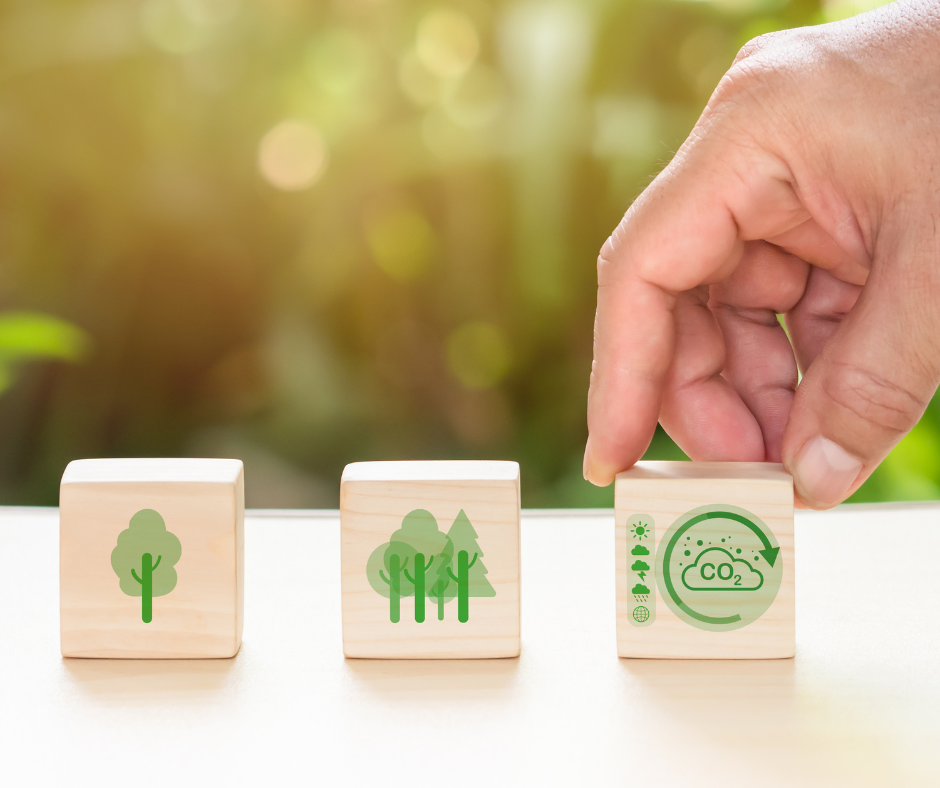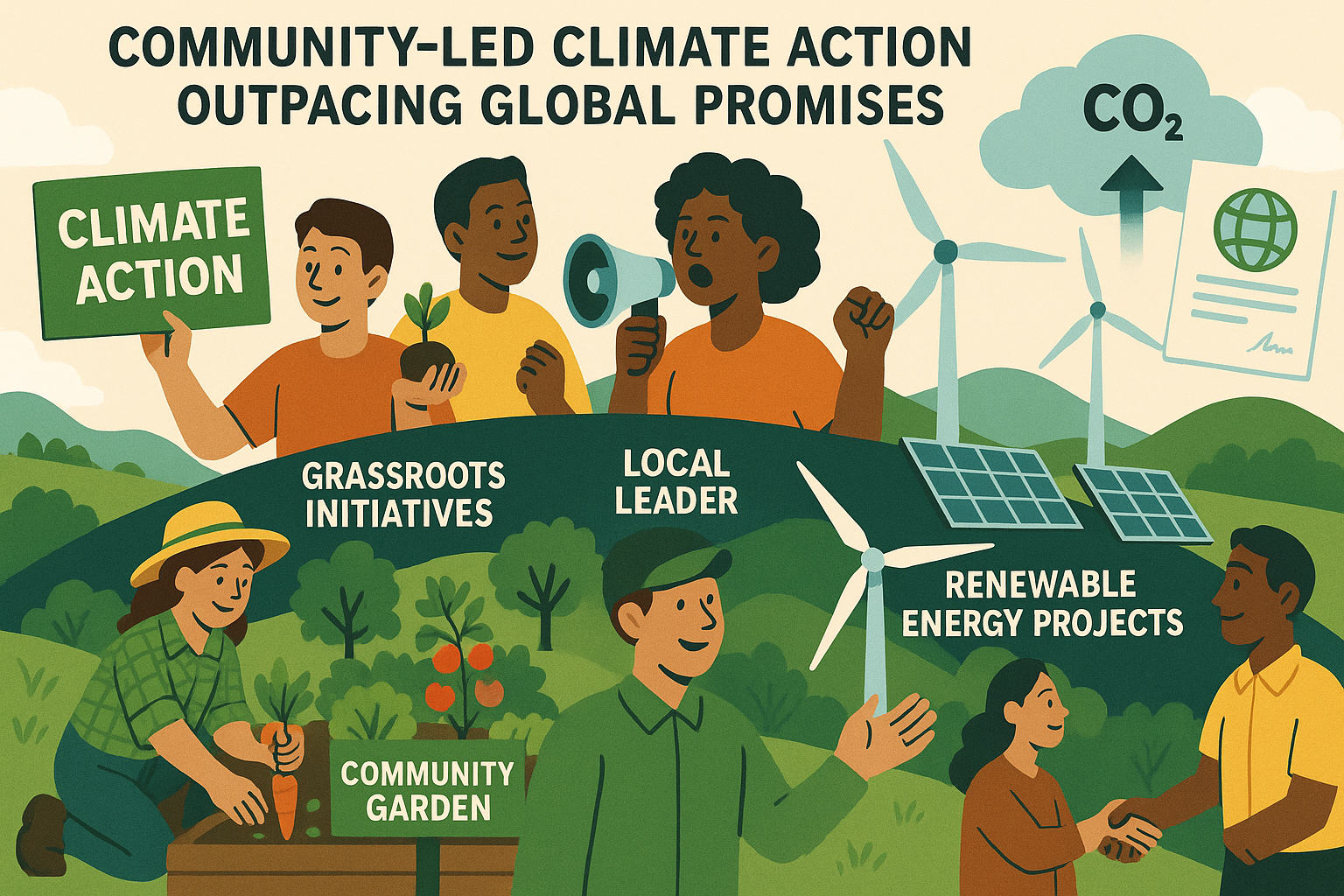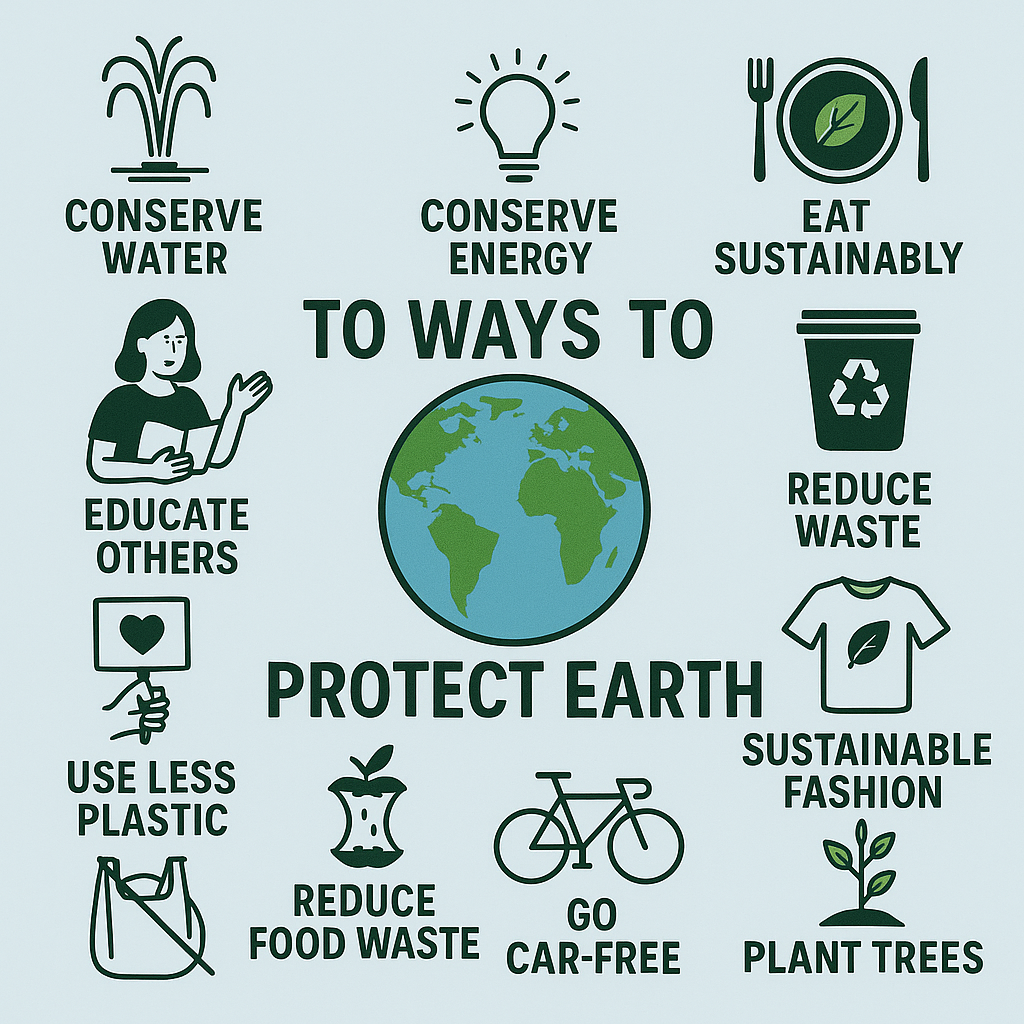Medical Scheduling Software Market Analysis: Driving Efficiency in Healthcare Operations
The Medical Scheduling Software Market analysis reveals a transformative shift in healthcare operations as facilities increasingly adopt digital solutions to streamline appointment management, optimize staff allocation, and enhance patient engagement. Modern scheduling software integrates features such as automated reminders, telehealth integration, and predictive analytics to reduce administrative bottlenecks and improve operational efficiency. Hospitals and clinics are recognizing that these solutions not only save time but also reduce human error, enabling a more seamless patient experience. Moreover, the growing emphasis on patient-centric care models is accelerating the adoption of these systems, as they offer the flexibility to manage complex scheduling scenarios across multiple departments. The integration of cloud-based platforms ensures accessibility, real-time updates, and robust data security, which are critical in today’s digital healthcare environment. Companies investing in advanced solutions that leverage AI and machine learning are positioned to gain a competitive edge in the market.
Furthermore, the Medical Scheduling Software Market analysis highlights the impact of regulatory compliance and interoperability standards on software adoption. Healthcare providers are increasingly focused on solutions that can seamlessly integrate with electronic health records (EHRs), billing systems, and patient portals. This interconnectedness not only enhances workflow efficiency but also provides actionable insights through data analytics, enabling better resource management and strategic decision-making. As telemedicine continues to expand, software providers are offering features that support virtual appointments, multi-location scheduling, and automated patient notifications. The market is witnessing a surge in demand from both large hospital networks and small-to-medium-sized practices, reflecting the universal need for optimized scheduling solutions. Key players are innovating with AI-driven predictive scheduling, advanced reporting tools, and mobile-friendly interfaces to meet the diverse needs of healthcare organizations globally. This trend underscores the significance of adopting intelligent scheduling systems as an integral part of modern healthcare infrastructure.
Get Full Reports
https://www.marketresearchfuture.com/reports/medical-scheduling-software-market-33115
FAQs:
Q1: What factors are driving growth in the Medical Scheduling Software Market?
A1: The growth is driven by increasing demand for automated scheduling, telehealth integration, improved patient experience, and AI-based predictive analytics in healthcare facilities.
Q2: How does Medical Scheduling Software improve healthcare operations?
A2: It streamlines appointment management, reduces administrative errors, optimizes staff allocation, and integrates with EHRs and billing systems for efficiency.
Q3: Which healthcare providers are adopting Medical Scheduling Software?
A3: Adoption spans large hospitals, clinic networks, and small-to-medium practices seeking efficient scheduling, reduced operational costs, and better patient engagement.
The Medical Scheduling Software Market analysis reveals a transformative shift in healthcare operations as facilities increasingly adopt digital solutions to streamline appointment management, optimize staff allocation, and enhance patient engagement. Modern scheduling software integrates features such as automated reminders, telehealth integration, and predictive analytics to reduce administrative bottlenecks and improve operational efficiency. Hospitals and clinics are recognizing that these solutions not only save time but also reduce human error, enabling a more seamless patient experience. Moreover, the growing emphasis on patient-centric care models is accelerating the adoption of these systems, as they offer the flexibility to manage complex scheduling scenarios across multiple departments. The integration of cloud-based platforms ensures accessibility, real-time updates, and robust data security, which are critical in today’s digital healthcare environment. Companies investing in advanced solutions that leverage AI and machine learning are positioned to gain a competitive edge in the market.
Furthermore, the Medical Scheduling Software Market analysis highlights the impact of regulatory compliance and interoperability standards on software adoption. Healthcare providers are increasingly focused on solutions that can seamlessly integrate with electronic health records (EHRs), billing systems, and patient portals. This interconnectedness not only enhances workflow efficiency but also provides actionable insights through data analytics, enabling better resource management and strategic decision-making. As telemedicine continues to expand, software providers are offering features that support virtual appointments, multi-location scheduling, and automated patient notifications. The market is witnessing a surge in demand from both large hospital networks and small-to-medium-sized practices, reflecting the universal need for optimized scheduling solutions. Key players are innovating with AI-driven predictive scheduling, advanced reporting tools, and mobile-friendly interfaces to meet the diverse needs of healthcare organizations globally. This trend underscores the significance of adopting intelligent scheduling systems as an integral part of modern healthcare infrastructure.
Get Full Reports
https://www.marketresearchfuture.com/reports/medical-scheduling-software-market-33115
FAQs:
Q1: What factors are driving growth in the Medical Scheduling Software Market?
A1: The growth is driven by increasing demand for automated scheduling, telehealth integration, improved patient experience, and AI-based predictive analytics in healthcare facilities.
Q2: How does Medical Scheduling Software improve healthcare operations?
A2: It streamlines appointment management, reduces administrative errors, optimizes staff allocation, and integrates with EHRs and billing systems for efficiency.
Q3: Which healthcare providers are adopting Medical Scheduling Software?
A3: Adoption spans large hospitals, clinic networks, and small-to-medium practices seeking efficient scheduling, reduced operational costs, and better patient engagement.
Medical Scheduling Software Market Analysis: Driving Efficiency in Healthcare Operations
The Medical Scheduling Software Market analysis reveals a transformative shift in healthcare operations as facilities increasingly adopt digital solutions to streamline appointment management, optimize staff allocation, and enhance patient engagement. Modern scheduling software integrates features such as automated reminders, telehealth integration, and predictive analytics to reduce administrative bottlenecks and improve operational efficiency. Hospitals and clinics are recognizing that these solutions not only save time but also reduce human error, enabling a more seamless patient experience. Moreover, the growing emphasis on patient-centric care models is accelerating the adoption of these systems, as they offer the flexibility to manage complex scheduling scenarios across multiple departments. The integration of cloud-based platforms ensures accessibility, real-time updates, and robust data security, which are critical in today’s digital healthcare environment. Companies investing in advanced solutions that leverage AI and machine learning are positioned to gain a competitive edge in the market.
Furthermore, the Medical Scheduling Software Market analysis highlights the impact of regulatory compliance and interoperability standards on software adoption. Healthcare providers are increasingly focused on solutions that can seamlessly integrate with electronic health records (EHRs), billing systems, and patient portals. This interconnectedness not only enhances workflow efficiency but also provides actionable insights through data analytics, enabling better resource management and strategic decision-making. As telemedicine continues to expand, software providers are offering features that support virtual appointments, multi-location scheduling, and automated patient notifications. The market is witnessing a surge in demand from both large hospital networks and small-to-medium-sized practices, reflecting the universal need for optimized scheduling solutions. Key players are innovating with AI-driven predictive scheduling, advanced reporting tools, and mobile-friendly interfaces to meet the diverse needs of healthcare organizations globally. This trend underscores the significance of adopting intelligent scheduling systems as an integral part of modern healthcare infrastructure.
Get Full Reports
https://www.marketresearchfuture.com/reports/medical-scheduling-software-market-33115
FAQs:
Q1: What factors are driving growth in the Medical Scheduling Software Market?
A1: The growth is driven by increasing demand for automated scheduling, telehealth integration, improved patient experience, and AI-based predictive analytics in healthcare facilities.
Q2: How does Medical Scheduling Software improve healthcare operations?
A2: It streamlines appointment management, reduces administrative errors, optimizes staff allocation, and integrates with EHRs and billing systems for efficiency.
Q3: Which healthcare providers are adopting Medical Scheduling Software?
A3: Adoption spans large hospitals, clinic networks, and small-to-medium practices seeking efficient scheduling, reduced operational costs, and better patient engagement.
0 Commentarios
·0 Acciones
·268 Views
·0 Vista previa










